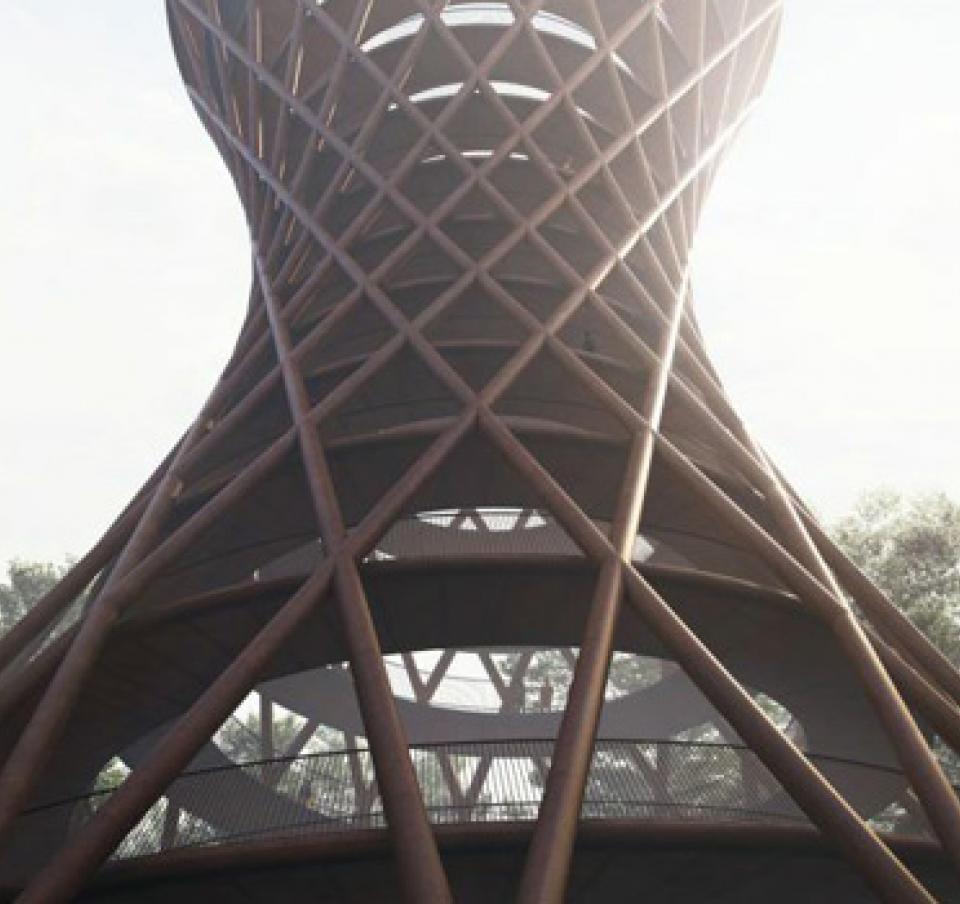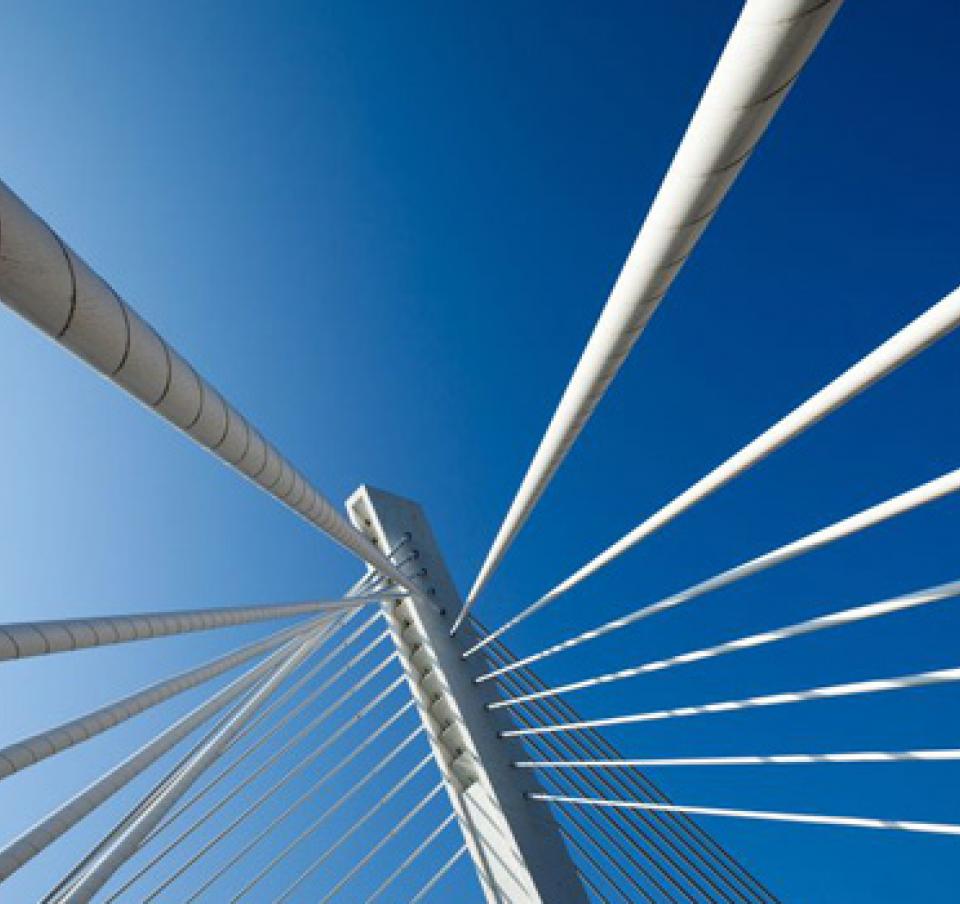EN standards continue to be the foundation of an efficient manufacturing industry across Europe.


EN standards continue to be the foundation of an efficient manufacturing industry across Europe. But standards sometimes take time to catch up with the latest innovations, so after 13 years, the standards for structural hollow sections and steel tube are evolving. At Tata Steel, we ensure that our steel tube products are fully compliant, but also like to make sure our customers are fully aware of the latest standards and how they might be impacted. These latest revisions are unlikely to have much impact for now – here we explain why.
/Tubes/EN/tubes.jpg)
The majority of structural hollow sections and steel tube used in Europe are produced and specified to one of two standards, namely:
- EN 10210 for hot finished structural hollow sections (Tata Steel’s )
- EN 10219 for cold formed structural hollow sections (Tata Steel’s and tubes)
Each of these steel tube standards have two parts:
- Part 1: Technical delivery conditions – which describes a common language, classification and designation, technical requirements, inspection and testing methods;
- Part 2: Tolerances, dimensions and sectional properties – which includes details on tolerances, measurement of size and shape and section properties.
Both standards were last revised and published in full in 2006 and the CEN committee that reviews these standards have been working on revisions for several years. New versions of both EN 10210 Part 2 (2019) and EN 10219 Part 2 (2019) have just been officially published and these new 2019 versions supersede the 2006 ones, for Part 2 only.
However, changes to just Parts 2 of the standards could complicate matters for CE marking under the Construction Products Regulations. The CE mark depends on both Part 1 and 2 of EN 10210 or EN 10219 and since Part 1 (2006) refers to Part 2 (2006) then from the point of view of CE marking, the old (2006) standard will continue to be used until further revisions are made to Part 1.
Revisions to Parts 2 of both EN 10210 and EN 10219 are only minor and are unlikely to impact the vast majority of purchasers or users of structural hollow sections. The 2019 revision to Part 2 of EN 10210 introduces some additional options which can be indicated by the purchaser at the time of enquiry and order. These include options for tolerance on thin, large, round sections, but more importantly an option to specify a radius with maximum 2T.
EN 10219 Part 2 (2019) also introduces the option for tolerances on thin, large diameter round tubes, but also incorporates elliptical tubes in this standard for the first time, while an informative annex on piling tube is removed.
/Tubes/EN/TUBES-WEB-MAIN-3.jpg)
Changes explained
Changes to only Parts 2 of the steel tube standards may seem confusing, but Alexandre Beltrao, standards manager at Tata Steel, hopes to make it clear. “The EN standards for structural hollow sections not only standardise the way these steel products are ordered and traded, but also how their performance is to be declared in accordance with the Construction Products Regulation. This is fundamental for the design of construction applications that ensures the safety of buildings and structures. For this reason, it is very important that everything is very well aligned and agreed in these standards, so a gradual approach is being taken to changes.”
“Different grades of steel tube, giving higher yield strengths and other properties such as improved corrosion resistance, are now becoming more available and future changes are likely to include these, but the changes which have just been published are much more minor.”
Whatever the future holds for the standards, Tata Steel will continue to be at the forefront of supplying the widest range and best quality structural hollow sections and steel tube, both hot finished and also cold formed steel tube. And we continue to stay on top of these standards to ensure that our customers and supply chains are in the best position to benefit from the latest developments.































































































































































































































